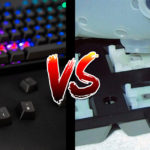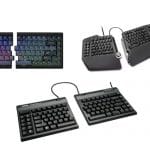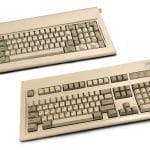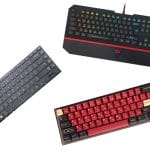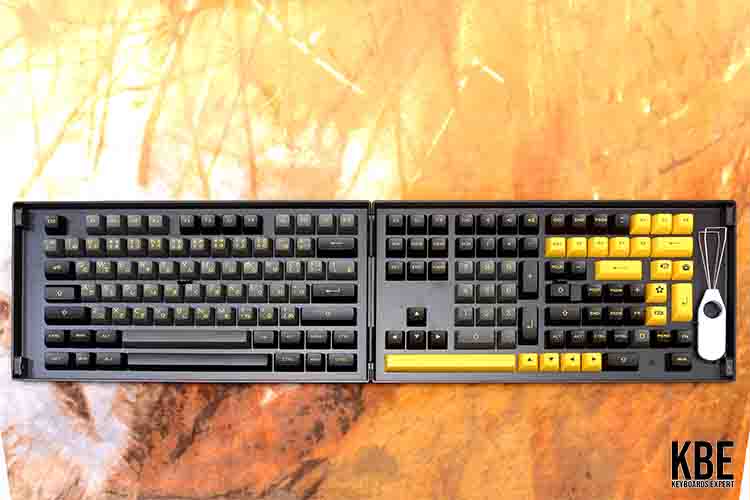
Keycaps are easily one of the most customizable parts of the mechanical keyboard. Functionally, they are covers placed over the keyboard switches, usually marked by symbols representing the keys’ functions or the characters they correspond to. Meanwhile, they can also be a great canvas for creative self-expression. However, you may get distracted by the pretty designs that you forget to consider if these keycaps actually fit on your keyboard.
Keycap size is an important factor to consider in choosing keycaps for your mechanical keyboard. The size of a keycap varies depending on the model, layout (commonly ISO or ANSI), and form factor (full-sized, tenkeyless, 60%, 40%). Before buying your keycaps, familiarize yourself with these details about your keyboard first.
Quick Introduction to Custom Keycap Sets

Keycaps can be regarded as the artistic highlight of the mechanical keyboard. The keycaps define the keyboard’s overall look from their profile, material, colorways, and design. Custom keycap sets have become all the rage as enthusiasts search for the perfect caps to make their mechanical keyboards visually stunning and unique. Some even obtain custom keycap sets with no legends or dots as legends.
However, keycaps should not be taken solely at face value. A particular custom set may look good, but is it the best for your keyboard? Other than design, there are many different factors to consider when buying custom keycap sets. One such factor is the material, which determines the durability and even the feel of your keycaps. Keycaps are typically made from two types of plastic: ABS (Acrylonitrile Butadiene Styrene) or PBT (Polybutylene Terephthalate). To weigh the pros and cons of both materials, read more about ABS and PBT keycaps in our article.
Other factors to consider when buying keycaps include profile (the shape and slope of the keycaps), switch compatibility (the stem of the keycaps should match the stem of the switches), interference, and size.
Keycap sizes should be carefully measured and noted to ensure that every keycap fits right on the board.
Keycap Sizing Guide: A Quick Overview
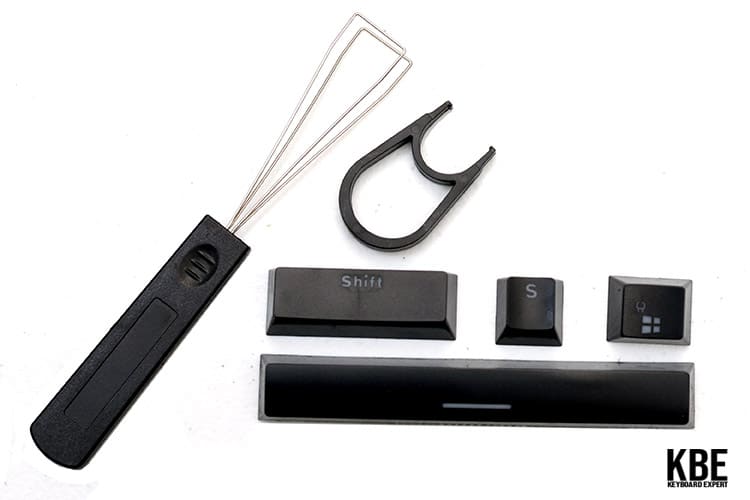
Keycap size is measured in units or u. Before diving into a comprehensive discussion of keycap sizes, let us first have a quick overview of the different sections of a keyboard:
Alphanumeric Keys
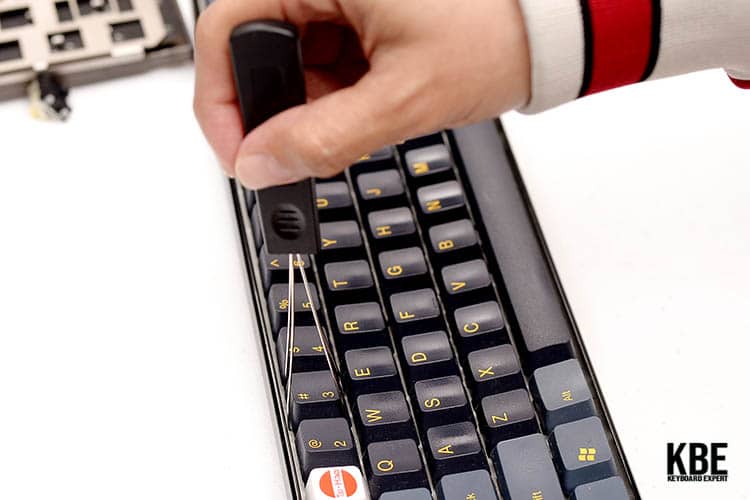
Also called the alpha keys, these are the letters, symbols, punctuation, and symbol keys that can be typically found on a typewriter. This section also includes the number keys on top of the board. These are typically sized as 1u.
Function Keys

Function keys are the ones labeled F1 up to F12, found on the highest row of a full-sized keyboard. These keys execute shortcuts and perform specific tasks depending on how they are programmed and are also 1u.
Modifier Keys
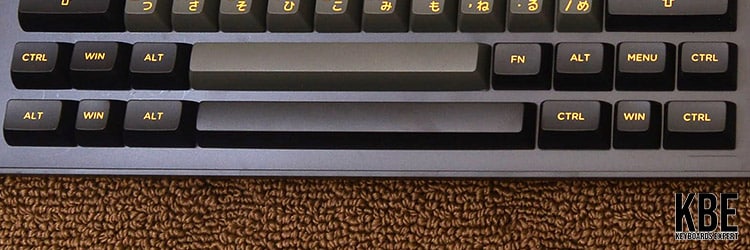
These keys work in combination with other keys to perform certain actions. For example, the Ctrl key, when pressed with the C key, copies a selected text; when pressed with the V key, pastes it. Other than the Ctrl key, modifiers include the Tab, Enter, Alt, and Shift keys. Their typical sizes range from 1.25u to 2.25 u, but some compact keyboards can size the bottom row (Ctrl, Alt, Tab) as 1u.
Navigational Keys
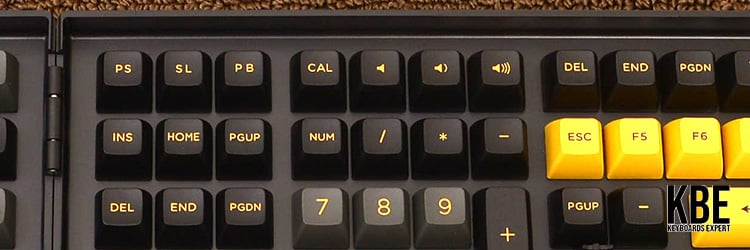
These keys include the arrow cluster, as well as the Home, End, Page Up, Page Down, Insert, and Delete keys. These are typically 1u as well.
Numeric Keys
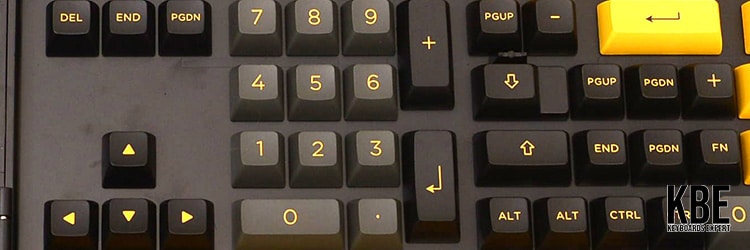
These are the number keys grouped together as if on a calculator. The keys are used for quick input of numbers, handy for people working with calculations and equations. Most of the numerical keys are 1u with 2u plus, enter, and 0.
It is best to remember that keycaps are not one-size-fits-all. The size of the keycaps you need depends on the form factor and layout of the mechanical keyboard you are building. Hitherto, you might need to obtain different kittings. For higher-priced custom keycaps, the divisions include a spacebar kit, a novelty kit, and a numeric pad kit.
In order to quickly visualize the different keycap sizes, you must remember the following: 1u is the size of one alphanumeric key; correspondingly, 2.25u would be the size of two and a quarter alphanumeric keys put together.
Standard Keycap Sizes
Alpha Keys

The standard size of alpha keys is 1u. They are the same size as the function keys and navigational keys, but it should be noted that just because they are the same size does not mean they are interchangeable, especially if you select a keycap set that has sculpted profiles. Keycaps with sculpted profiles have different shapes and heights depending on which row the key sits on the board.
Modifier Keys
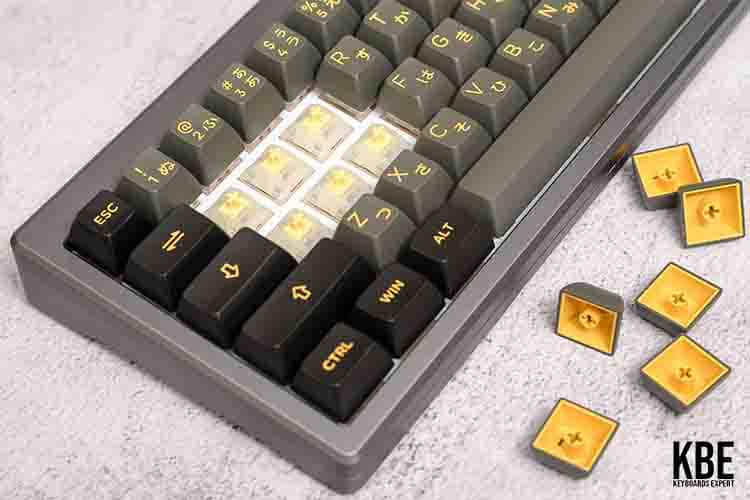
On standard mechanical keyboards, the bottom row modifier keys, which include Ctrl and Alt, are sized at 1.25u. The sizes of bigger modifiers are as follows: the left shift key is typically 2.25u, while the backspace key is 2u, and the right shift key is 2.75u. Keycaps that are at least 2u in size require 2u stabilizers. However, for 65%, 75%, and 96% form factors, the right shift key is smaller at 1.75u and therefore does not need stabilizing. Also, in an ISO layout, the left shift key is 1.25u and does not require any stabilizer.
As for the Enter key, the ANSI layout’s version is long and horizontal, sized at 2.25u. The ISO layout has an Enter key that is L-shaped, spanning two rows, with a horizontal width of roughly 1.25u. Both layouts’ enter keys require stabilizers; the ISO one just needs to be put in vertically.
Space Bar Key
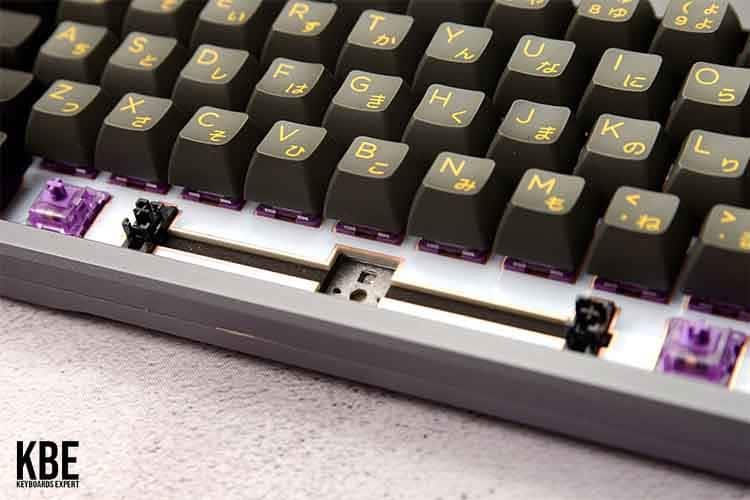
The standard size for a straight single-spacebar keycap is 6.25u and requires stabilizers of the same length. What one should keep an eye out for is the number of stems the keycap has– remember that the keycap stems have to be compatible with the keyswitch stems.
Non-standard keyboard layouts may have a 6u or 7u space bar with correspondingly sized stabilizers. Note that 6.25u stabilizers will not work for a 7u spacebar keycap because the latter is almost a unit longer, and the wire will certainly fall short.
Ergonomic keyboards (and choice custom keyboards) may offer a split spacebar option. The pair of spacebars are often sized at 2.25u and 2.75u. Non-standard pairs may be a pair of 2.25u keycaps or a pair of 2u keycaps.
Ortholinear Keyboards
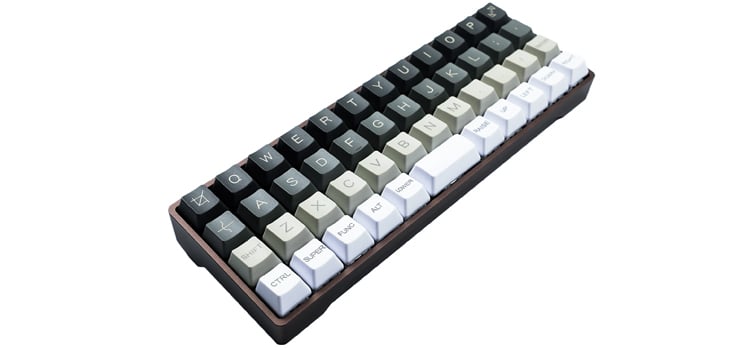
Ortholinear keyboards have their keys in straight rows, making typing more efficient because of less travel time, unlike traditional keyboards with the keys in staggered rows. If you have an ortholinear keyboard, the keycap sizing is pretty straightforward: all keycaps are 1u in size, except for the space bar, which is 2u.
Split and ALICE Keyboards
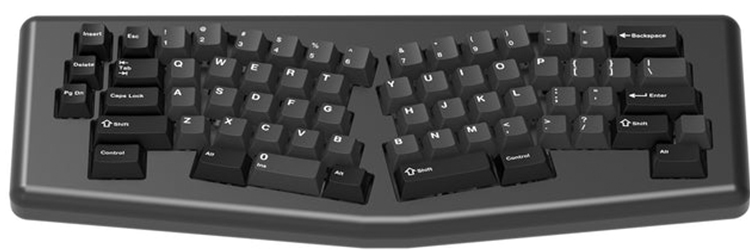
Split and ALICE keyboards fall under ergonomic keyboards, designed for comfort and health. It is somewhat difficult to buy keycaps for split and ALICE keyboards since they have different sizes for their modifiers, and most have specialized key designs, such as split spacebar keys. The best bet would be to look into group buys that have ergo or ortholinear keycap kits. You can also obtain spacebar kits for most on-hand custom keycaps at an additional cost.
If you need a further visual reference for keycap sizing, Keyboard University has a helpful keycap ruler that you can print at 100% and use to measure your keyboard’s keycap sizes.
